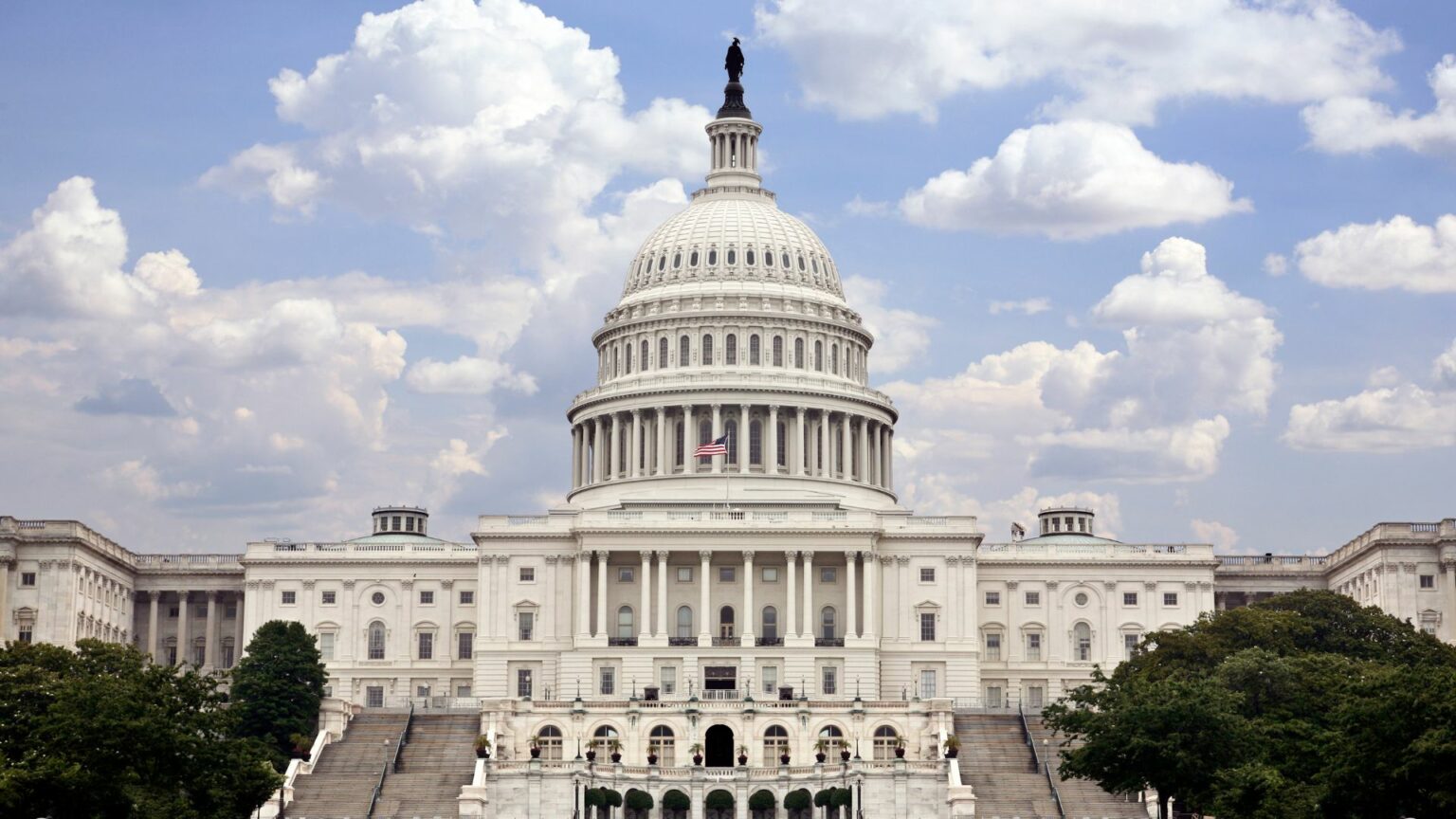The recent passage of Trump’s ‘One Big Beautiful Bill’ through the House has stirred considerable debate about its potential impact on the industry. As the bill awaits a critical Senate decision, stakeholders are faced with a mix of uncertainty and hope regarding the future of hydrogen energy.
Central to this discussion is the significant economic impact that the proposed legislation could have on green hydrogen projects. If the bill is enacted in its current form, it could result in the loss of approximately 80% of the green hydrogen tax credits anticipated by companies, amounting to nearly $30 billion. This financial blow could jeopardize numerous projects and deter new investments in the green hydrogen sector. For instance, companies that have been relying on these credits to fund their operations might find themselves struggling to sustain or initiate projects, thereby stalling the development of the industry.
On the other hand, blue hydrogen projects face a different set of challenges. Although these projects might appear safer under the bill, they, too, could see constraints due to potential restrictions on selling tax credits. This could complicate financing efforts for about 2.6 million metric tons of blue hydrogen projects, leading to slowed development and reduced competitiveness within the energy market.
Despite these formidable hurdles, there are bright spots within the sector. US manufacturers of electrolyzers, the equipment vital for hydrogen production, are tapping into international markets to offset domestic uncertainties. Industry experts noted that some US manufacturers are aggressively pursuing sales overseas, where markets are less saturated and the demand for green energy technologies is robust. This strategic pivot highlights the adaptability of the industry players and their efforts to maintain viability amidst policy shifts.
Furthermore, some manufacturers are emphasizing the economic feasibility of their electrolyzer, independent of the threatened tax credits. They argue that the technology’s viability does not hinge solely on these financial incentives, suggesting a degree of resilience that could sustain operations even if federal support diminishes.
The unfolding scenario prompts critical reflection on what US green hydrogen project developers might do to mitigate risks and capitalize on available opportunities. With the future of tax credits in limbo, a closer examination of strategic international partnerships and innovation in cost-effective technologies becomes essential. As the Senate’s decision looms, the industry’s stakeholders are keenly watching, ready to adapt their strategies based on the legislative outcome.
This phase of uncertainty underscores the need for legislative clarity and strategic foresight. As such, the actions taken by the US green hydrogen sector in response to these legislative developments could set vital precedents for energy policy and industry resilience in the coming years.





